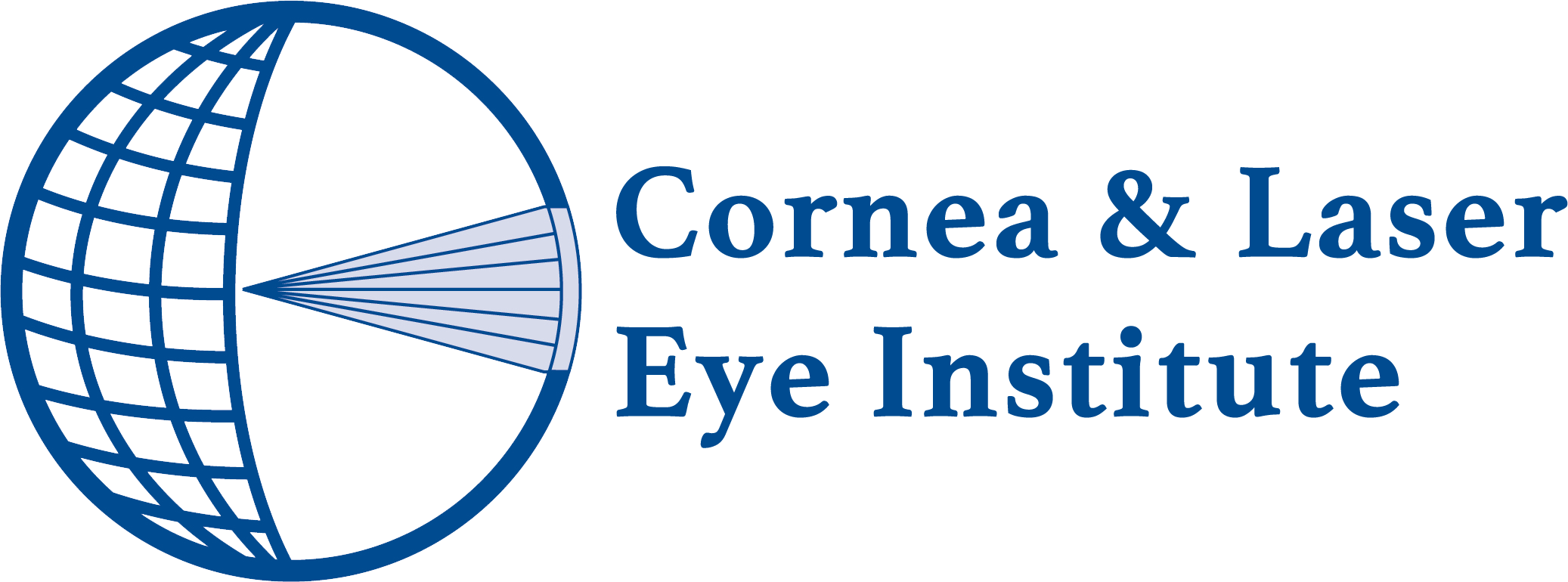Facial nerve palsy, including Bell’s palsy, results from dysfunction of the facial nerve (Cranial Nerve VII), leading to paralysis or weakness of the facial muscles. This paralysis often affects the orbicularis oculi, impairing the ability to close the eyelids fully and resulting in lagophthalmos. Inadequate eyelid closure causes exposure keratitis, a condition marked by corneal desiccation, epithelial breakdown, and potential visual impairment.
Causes of Facial Nerve Palsy
Facial nerve palsy can arise from a variety of causes, including:
- Idiopathic (Bell’s Palsy): The most common cause, often linked to viral infections.
- Viral Infections: Reactivation of viruses such as herpes simplex virus (HSV) and varicella-zoster virus (Ramsay Hunt syndrome).
- Trauma: Direct injury to the facial nerve due to fractures, lacerations, or surgical complications.
- Neurological Conditions: Tumors (e.g., acoustic neuroma), stroke, or multiple sclerosis affecting facial nerve pathways.
- Otologic Infections: Severe middle ear infections or cholesteatoma.
- Autoimmune Disorders: Conditions such as Guillain-Barré syndrome or sarcoidosis.
- Systemic Diseases: Diabetes mellitus can increase susceptibility to Bell’s palsy.
- Congenital Causes: Birth-related facial nerve dysfunction or developmental anomalies.
- Neoplastic Causes: Compression or invasion of the facial nerve by benign or malignant tumors.
- Post-Surgical Complications: Nerve damage following head, neck, or parotid gland surgery.
Understanding the underlying cause is essential for guiding systemic management and addressing contributing factors.
The Challenges of Exposure Keratitis in Facial Nerve Palsy
Patients with facial nerve palsy face significant ocular challenges, including:
- Increased Tear Evaporation: Due to incomplete blinking and eyelid closure, the tear film evaporates more rapidly, leading to dryness.
- Corneal Exposure: Persistent exposure to air, debris, and irritants can damage the corneal epithelium.
- Ocular Discomfort and Pain: Symptoms include irritation, foreign body sensation, and light sensitivity.
- Visual Decline: Progressive corneal damage can reduce vision and, if untreated, lead to ulceration and scarring.
Conventional management options include lubricating eye drops, ointments, moisture chambers, and eyelid taping. However, these therapies often provide only partial relief, necessitating more effective interventions.
Scleral Lenses: A Comprehensive Solution
Scleral lenses offer a transformative approach to managing exposure keratitis in facial nerve palsy. Their unique design and therapeutic properties address the key challenges posed by corneal exposure:
- Protecting the Corneal Surface:
- Scleral lenses vault over the cornea and rest on the sclera, creating a fluid-filled reservoir beneath the lens.
- This continuous fluid layer bathes the cornea, providing hydration and preventing desiccation.
- By shielding the cornea from environmental exposure, mechanical friction, and debris, scleral lenses reduce irritation and promote healing.
- Promoting Epithelial Healing:
- The fluid reservoir supports epithelial recovery by maintaining a stable, moist environment conducive to tissue repair.
- Patients experience reduced symptoms such as dryness, discomfort, and redness.
- Improving Visual Function:
- Scleral lenses correct refractive errors and irregularities caused by corneal damage, improving visual acuity.
- They restore optical clarity for patients who experience visual decline due to corneal exposure.
- Enhancing Patient Comfort:
- Scleral lenses provide immediate symptom relief, improving overall comfort and quality of life.
- Patients often tolerate these lenses better than alternative options, such as punctal plugs or moisture chambers.
Importance of Co-Management with Specialists
Successful management of facial nerve palsy requires a multidisciplinary approach. Co-management between eye care providers and other specialists ensures comprehensive treatment:
- Neurologists: Address the underlying cause of facial nerve dysfunction, such as viral infections, trauma, or tumors.
- Otolaryngologists: Collaborate in cases of facial nerve injury following head or neck surgeries.
- Oculoplastic Surgeons: Evaluate the need for surgical interventions such as tarsorrhaphy, gold weight implantation, or eyelid reconstruction to restore eyelid function.
- Physical Therapists: Provide rehabilitation to improve facial muscle tone and function.
While scleral lenses address the ocular complications of facial nerve palsy, collaboration with these specialists ensures that systemic and surgical treatments are optimized for the best possible patient outcomes.
Clinical Outcomes and Patient Benefits
Studies and clinical experience have demonstrated the efficacy of scleral lenses in managing exposure keratitis secondary to facial nerve palsy:
- Patients report significant symptom relief, including reduced dryness, irritation, and light sensitivity.
- Corneal epithelial healing is accelerated, reducing the risk of long-term complications such as ulcers and scarring.
- Visual acuity improves, allowing patients to maintain functional vision.
- Overall quality of life is enhanced, as scleral lenses provide consistent and reliable protection.
Conclusion
Scleral lenses play a pivotal role in the management of exposure keratitis in patients with facial nerve palsy. By providing continuous corneal hydration, promoting epithelial healing, and improving comfort and vision, scleral lenses offer a superior solution to conventional therapies. Co-management with neurologists, otolaryngologists, and oculoplastic surgeons is essential to address the underlying cause of facial nerve dysfunction and ensure comprehensive care. To learn more about how scleral lenses can protect your vision, while improving your comfort and quality of life, schedule a consultation at CLEI today.





